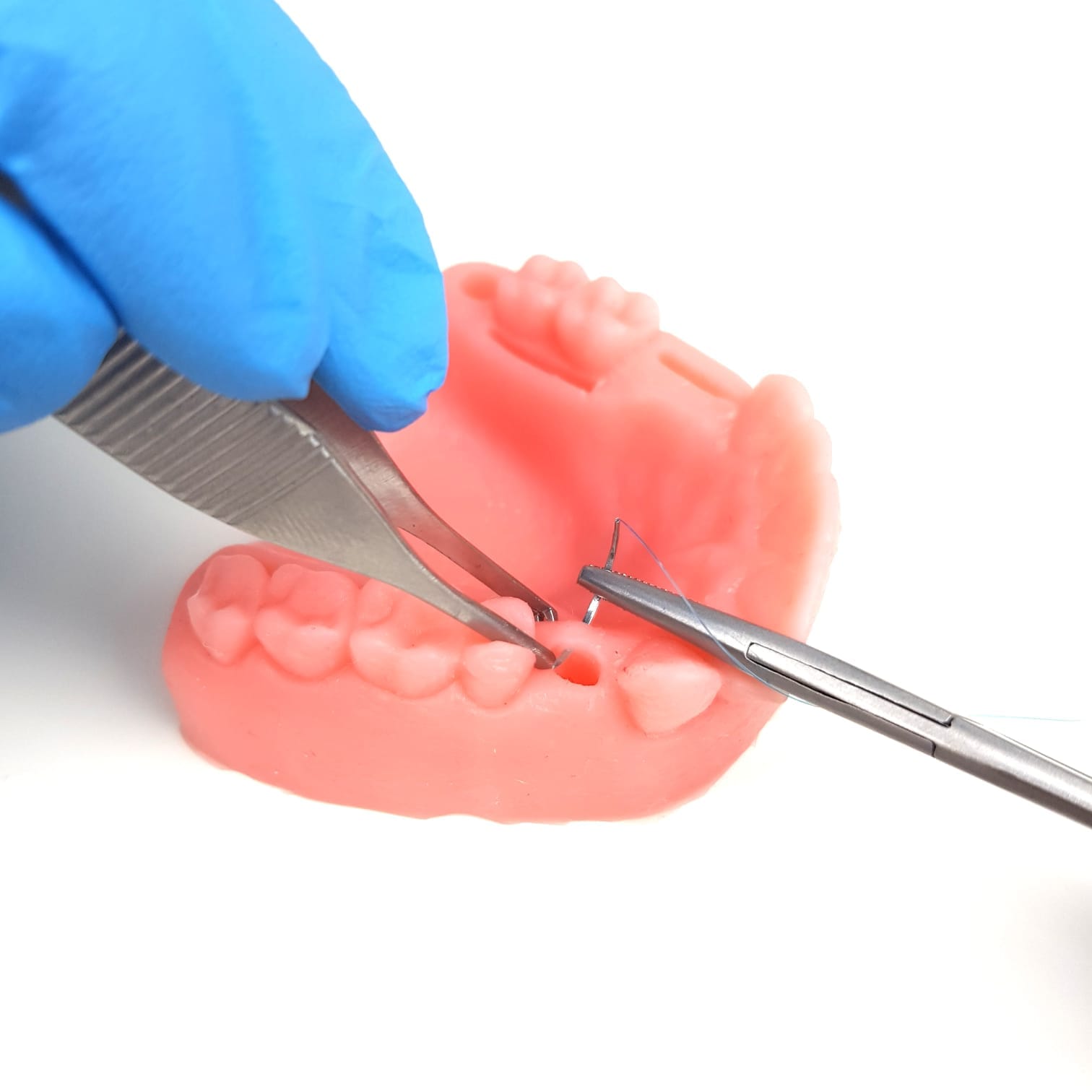Maintaining optimal oral health is essential for your overall well-being. While regular brushing and flossing are crucial, sometimes they aren’t enough to keep your teeth and gums healthy. Enter deep dental cleaning, a specialized procedure designed to tackle more serious dental issues. But how can you tell if you need this treatment? This guide will explore the signs that indicate you might benefit from a deep dental cleaning, the procedure itself, and what to expect afterward.
What is Deep Dental Cleaning?
Deep dental cleaning, also known as scaling and root planing, goes beyond routine cleanings. Unlike standard cleanings that focus on the visible surfaces of your teeth and along the gum line, deep cleaning reaches below the gum line to eliminate plaque, tartar, and bacteria that have built up in deeper pockets around your teeth.
Signs You May Need a Deep Dental Cleaning
Recognizing the signs that indicate a need for deep dental cleaning is vital for maintaining your oral health. Here are 10 key indicators to watch for:
- Persistent Bad Breath (Halitosis)
Chronic bad breath that doesn’t improve with regular brushing or mouthwash may signal bacterial buildup below the gum line. This odor often stems from toxins produced by bacteria in deep periodontal pockets. - Bleeding or Swollen Gums
Healthy gums should not bleed during brushing or flossing. If you notice blood on your toothbrush or in the sink after brushing, it could indicate inflamed gums—a precursor to more severe periodontal disease. - Receding Gums
Gum recession exposes more of your tooth or its root and can signify advancing periodontal disease. If your teeth appear longer than usual or you experience increased sensitivity, it may be time for a deep cleaning. - Loose or Shifting Teeth
As periodontal disease progresses, it can weaken the supporting structures of your teeth, leading to looseness or shifting. Any changes in how your teeth fit together when biting warrant immediate dental attention. - Deep Pockets Between Teeth and Gums
During a dental exam, your dentist may measure the depth of spaces between your teeth and gums. Pockets deeper than 4 millimeters often indicate periodontal disease and necessitate deep cleaning. - Visible Tartar Build-up
While some tartar at the gum line is normal, excessive buildup extending below it is a clear sign that deep cleaning is required to prevent further plaque accumulation. - Sensitivity to Hot and Cold
Increased sensitivity to temperature changes can occur as gums recede and roots become exposed due to periodontal disease, indicating that deeper cleaning is needed. - Changes in Bite or Fit of Partial Dentures
If partial dentures feel loose or if there are noticeable changes in how your natural teeth align when you bite, it could suggest shifting teeth due to periodontal issues. - Pus Between Teeth and Gums
The presence of pus indicates infection and advanced periodontal disease. If you notice pus or bumps on your gums, seek immediate dental care. - Family History of Gum Disease
Genetic factors can increase susceptibility to periodontal disease. If family members have experienced gum problems, stay vigilant about your oral health.
The Deep Dental Cleaning Procedure
Understanding what happens during a deep dental cleaning can help alleviate any anxiety about the process:
- Examination: Your dentist will conduct a thorough examination, including X-rays, to assess the extent of periodontal disease.
- Anesthesia: Local anesthesia is typically administered for comfort during the procedure.
- Scaling: Specialized instruments are used to remove plaque and tartar from above and below the gum line.
- Root Planing: The root surfaces of your teeth are smoothed to eliminate infected tissue and promote reattachment of healthy gums.
- Medication: In some cases, antibiotic fibers may be placed in periodontal pockets to aid healing.
- Follow-up: A follow-up visit is usually necessary to ensure proper healing and treatment effectiveness.
After Deep Dental Cleaning: What to Expect
Post-procedure care is crucial for successful recovery:
- Sensitivity: Expect some sensitivity to hot and cold for a few days.
- Discomfort: Mild discomfort can occur but is manageable with over-the-counter pain relievers.
- Gum Changes: Your gums may appear slightly receded as inflammation subsides—this is normal.
- Oral Care Instructions: Your dentist will provide specific post-care instructions, including saltwater rinses and gentle brushing techniques.
- Diet Recommendations: Stick to soft foods for a few days and avoid extreme temperatures to minimize discomfort.
- Regular Check-ups: Ongoing visits are essential for monitoring healing and preventing future issues.
Preventing the Need for Deep Cleaning
While deep cleaning is effective for treating periodontal disease, prevention is always preferable. Here are some strategies:
- Brush Twice Daily: Use a soft-bristled toothbrush with fluoride toothpaste for at least two minutes each time.
- Floss Daily: Clean between your teeth daily with floss or interdental cleaners to remove plaque.
- Use Mouthwash: An antimicrobial mouthwash can help reduce plaque buildup.
- Maintain a Healthy Diet: Limit sugary foods that contribute to plaque formation.
- Quit Smoking: Smoking significantly increases the risk of gum disease; quitting can greatly improve oral health.
- Regular Dental Check-ups: Visit your dentist at least twice a year for professional cleanings and examinations.
When to Seek Professional Help
If you notice any signs mentioned above, consult with a dental professional promptly. Early intervention can prevent periodontal disease progression and save you from more extensive treatments later on.
Conclusion
Deep dental cleaning plays an essential role in treating and preventing periodontal disease. By recognizing the signs that suggest you may need this treatment, you can take proactive steps toward protecting your oral health. Regular check-ups, good oral hygiene practices, and a healthy lifestyle are your best defenses against gum disease. If you observe any concerning symptoms, don’t hesitate—seek professional dental care today! Your smile—and overall health—will thank you for it.














